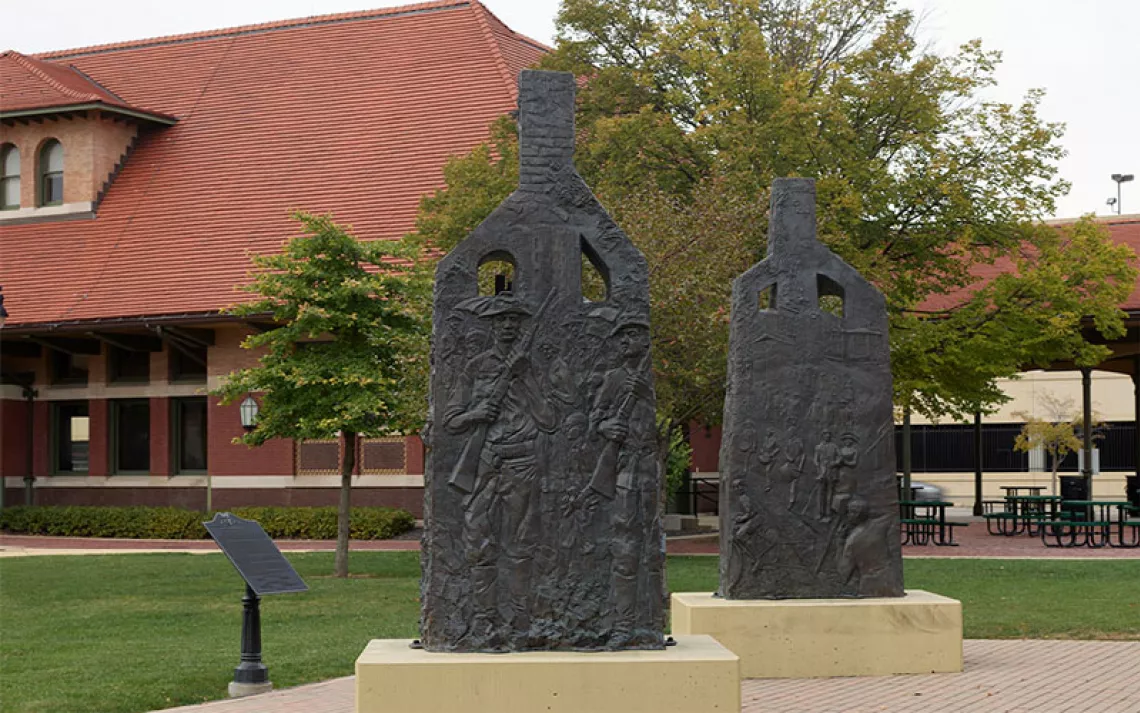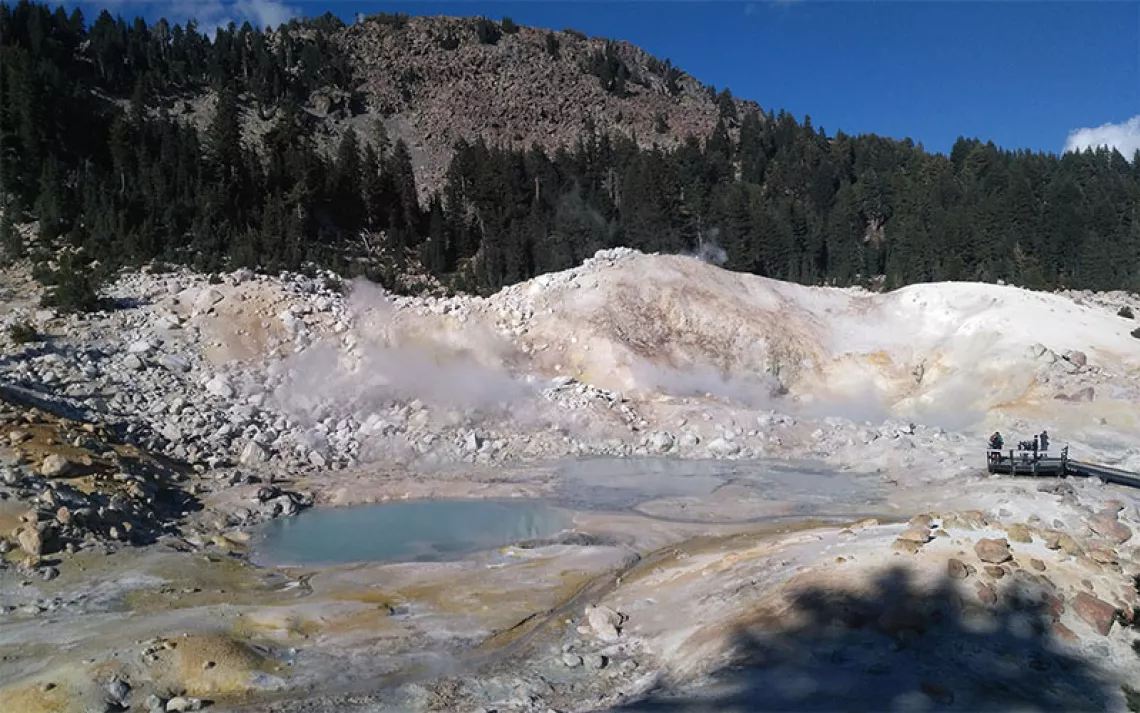Five National Park Citizen Science Projects Anyone Can Join
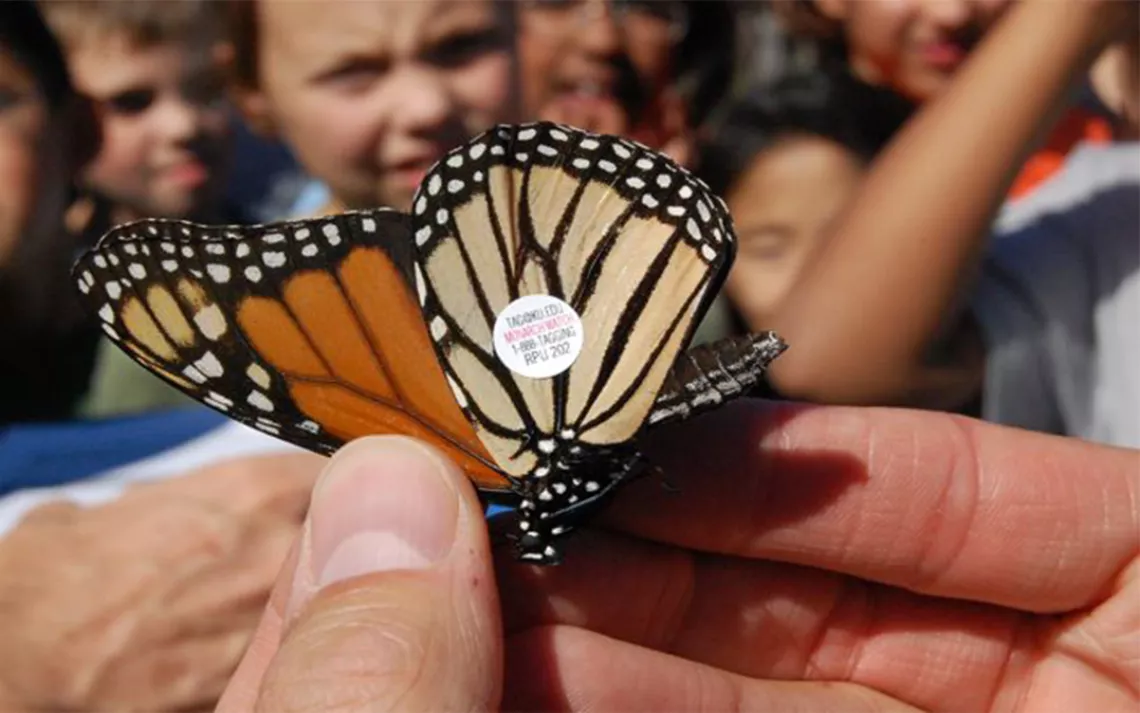
Courtesy of GSMIT Archives.
The National Park Service will mark its 100th birthday on August 25, 2016. What better way to celebrate than to band (and hold!) a warbler in the Great Smokies or to net butterflies in an alpine meadow in the Cascades? These are just two of the citizen science projects anyone can join at national parks across the country.
Citizen science also helps the NPS do its job: Data collected by scores of park visitors affords a much broader overview of ecological change than staff could collect alone. Some projects monitor threatened or reintroduced species, while others look at phenology—the relationship between climate and biological phenomena, such as plant flowering and bird migration—an increasingly important field as climate change disrupts linkages between species.
The projects below require little or no training and are open to any visitor with a desire to learn and help out. To get started, just check out the websites below and find your nearest park.
Acadia National Park
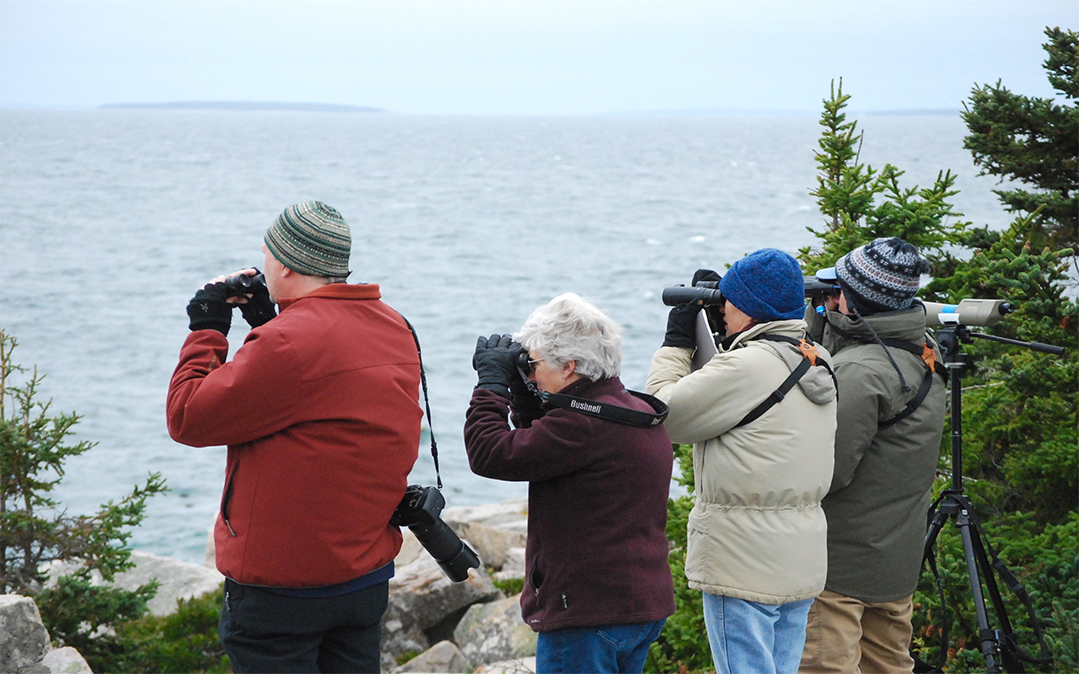
Courtesy of Schoodic Institute.
Acadia’s mountainous setting at the country’s northeasternmost tip offers an ideal vantage point from which to glimpse the arrival of first-in-the nation fall migratory birds. From August to November, you can take part in one of three different projects the Schoodic Institute offers at the park. Hike (or drive) up Cadillac Mountain, the highest point on the North Atlantic seaboard, to count and identify soaring migratory hawks, or venture out to the crashing waves of Schoodic Point to see thousands of seabirds flying over open water. If you’re interested in songbirds, the Frazer Point Early Bird Watch also counts colorful warblers and other species that take flight at daybreak, sometimes in bursts of 30 or 40 at a time. Prior birding experience (though welcome) isn’t required for any of the programs, as trained park staff will help with identification. The data gathered provides invaluable insight into migration timing, which is shifting due to climate change, as well as into the population health of individual species.
Schoodic Institute: http://www.schoodicinstitute.org/what-we-offer/public-opportunities/citizen-science-opportunities/
Hawk Watch on Cadillac Mountain: http://www.schoodicinstitute.org/what-we-offer/public-opportunities/citizen-science-opportunities/hawk-watch-cadillac-mt/
SeaWatch at Schoodic Point: http://www.schoodicinstitute.org/what-we-offer/public-opportunities/citizen-science-opportunities/seawatch-schoodic-point/
Frazer Point Early Bird Watch: http://www.schoodicinstitute.org/what-we-offer/public-opportunities/citizen-science-opportunities/frazer-point-early-bird-watch/
Great Smoky Mountains National Park
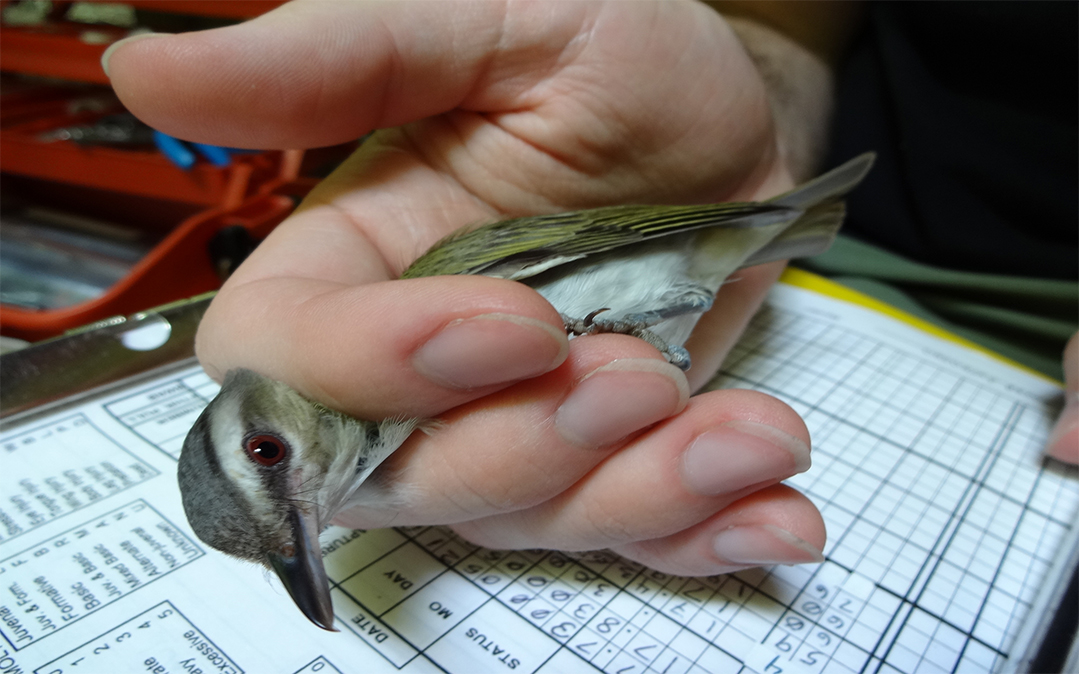
Courtesy of GSMIT Archives.
America’s most visited national park offers a wealth of citizen science opportunities—starting with the chance to hold a wild bird in your hands! On select dates through the summer, the Tremont Institute sets up mist nets before dawn throughout its campus in the park’s Walker Valley. Citizen scientists can show up any time between 6 A.M. and noon to learn how to catch, identify, and place coded bands on the birds of the area. The data collected contributes to a study of the declining local hemlock population and its effect on songbirds, like the Louisiana waterthrush and Acadian flycatcher, which depend on a specialized streamside habitat. In the fall, the institute also conducts a monarch tagging program that invites citizen scientists to take a butterfly net in hand and help slip tiny silver bands on Mexico-bound monarch butterflies (as well as other species), part of an international effort to better understand their migration patterns.
Tremont Institute: http://www.gsmit.org/CitizenScience.html
Bird Banding: http://www.gsmit.org/CSBirds.html
Monarch Tagging: http://www.gsmit.org/CSMonarchTagging.html
Yellowstone National Park
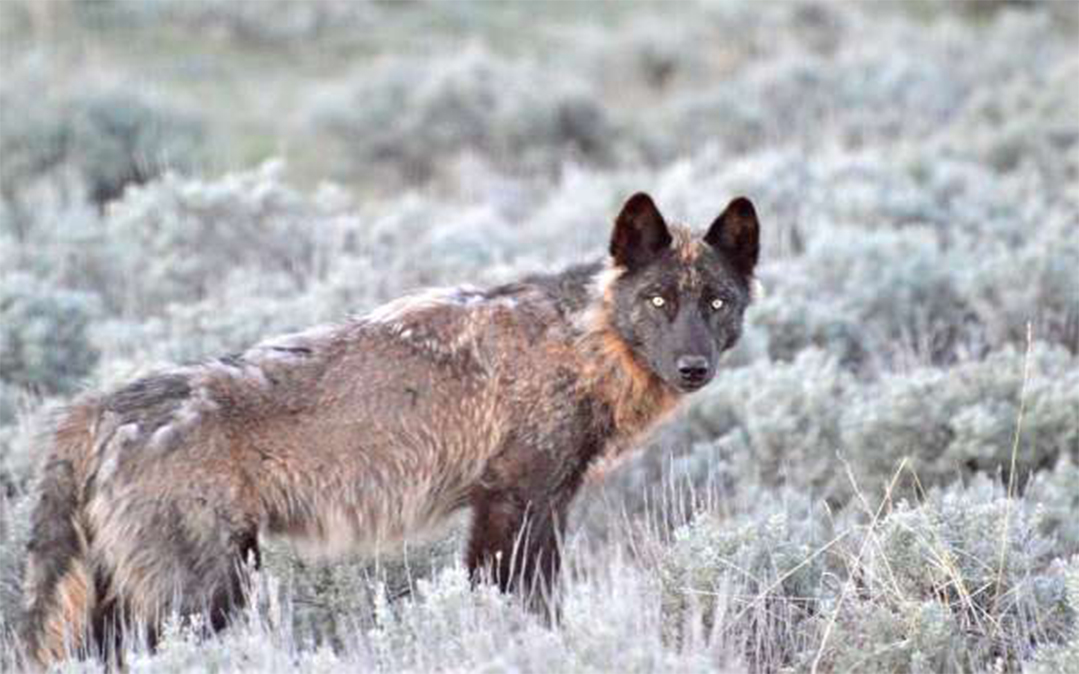
Courtesy of Nina Berry.
Since their reintroduction in 1995, the Northern Rocky Mountain wolf population has grown to nearly 100, distributed in 10 different packs, making Yellowstone one of the best places in the world to watch wolves. But although the wolf was officially delisted as an endangered species in 2012, many challenges remain, and most of the park’s wolves no longer have radio tags as the first reintroduced individuals did. The web-based Yellowstone Wolf: Project Citizen Science began during an outbreak of sarcoptic mange as a way to monitor this highly contagious skin disease. The website provides ample information about the history and locations of the park’s wolves—ask park staff or query the website for the best current viewing places such as dens—and then invites park visitors to upload their photos, which are used by researchers to study not only diseases but also breeding behavior and pack composition.
Yellowstone Wolf: Project Citizen Science: http://www.yellowstonewolf.org/index.php
North Cascades National Park and Mount Rainier National Park
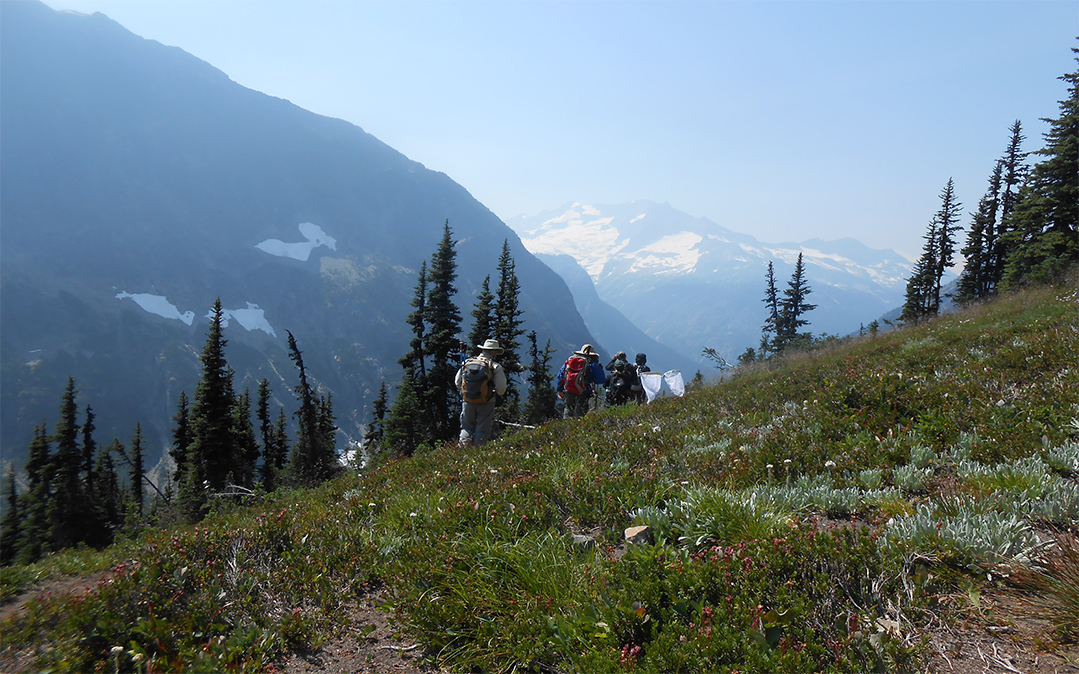
Courtesy of North Cascades National Park Service Complex.
Mountain ecosystems are particularly vulnerable to the effects of climate change, and butterflies are bellwether species, moving north in latitude or up in elevation as temperatures warm. As part of the Cascades Butterfly Project, you can help track changes in butterfly species distribution and relative density. Just grab a butterfly net and join a three-person team on a designated one-kilometer south-to-north route through an alpine meadow. Each of the 10 routes is monitored weekly during the summer, and both long-term and one-time volunteers are welcome. Even if you can’t make one of the survey days, you can still help: Upload your butterfly pics, along with location info, to the photo inventory project.
Cascades Butterfly Project: https://www.nps.gov/noca/getinvolved/supportyourpark/butterfly-project.htm
Photo Inventory: http://www.butterfliesandmoths.org/
Nationwide
If none of the parks above are in your neck of the woods (or you just want to know about more), the National Park Service also sponsors citizen science Bio-Blitzes at more than 120 parks nationwide. A Bio-Blitz is a kind of flash-mob scientific survey: an intense, 24-hour effort to document all the living species of a particular area. Conducted yearly, the survey’s findings can lend valuable insights into large-scale biological trends within the park.
To find the one nearest to you, check out the complete list here:
Bio-Blitz General Info: https://www.nps.gov/subjects/biodiversity/national-parks-bioblitz.htm
Bio-Blitz Calendar: https://www.nps.gov/subjects/biodiversity/upload/2016BioBlitzTable-121.pdf
 The Magazine of The Sierra Club
The Magazine of The Sierra Club

